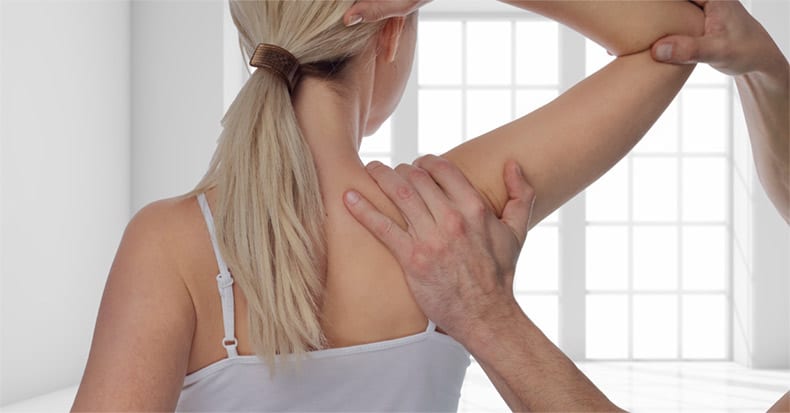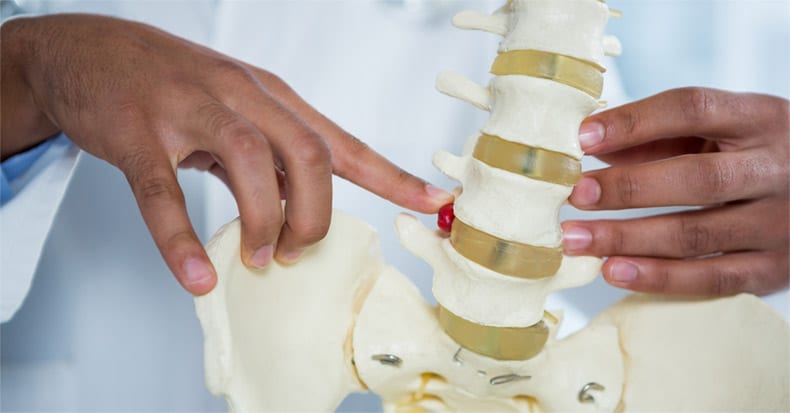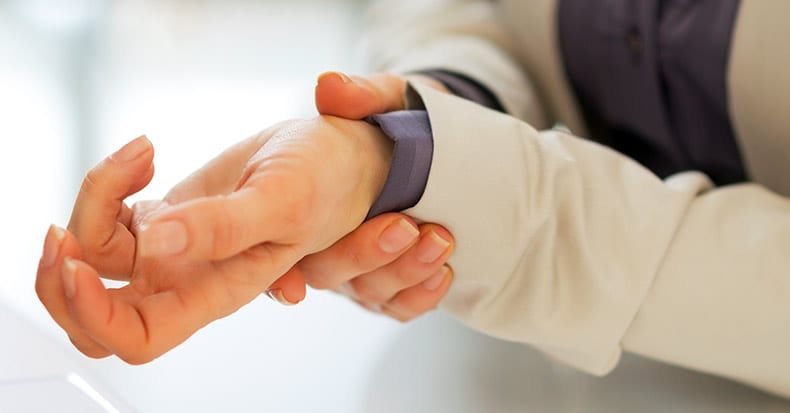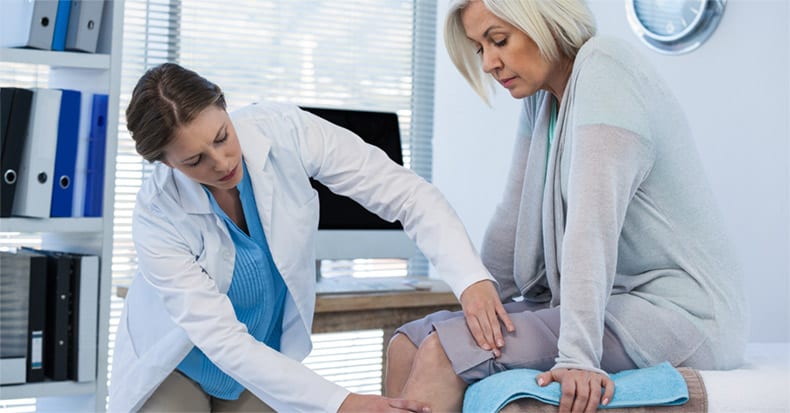Newest Articles
Let’s say you’ve applied for a job that requires frequent gripping and handling of products and you heard that carpal tunnel syndrome (CTS) is a problem at this particular manufacturing plant. You really need the job, but you are leery of the possibilities of developing CTS. Is there anything you can do to PREVENT it? [..]
The shoulder is not just one joint but rather four: the sternoclavicular (collar bone/breast bone), acromioclavicular (the “roof” of the ball & socket joint), glenohumeral (the ball & socket joint), and scapulothoracic joints (shoulder blade/rib cage joint). There are also many structures in the vicinity that can mimic shoulder pain—namely, the cervical spine (neck), the [..]
Mild traumatic brain injury (mTBI) is one of the many conditions that can accompany a whiplash injury. The term is often used interchangeably with concussion, while “post-concussion syndrome” and TBI (without the word “mild”) refer to long-term residual symptoms. Symptoms associated with mTBI initially include dizziness, nausea, and headaches followed by slow cognition—difficulty processing thought, [..]
We all know that bacteria can cause disease, so it makes sense to be at least a little leery about taking a supplement that is loaded with bacteria. There is however, a growing volume of scientific support that probiotics (PBs) can both treat as well as prevent quite a few illnesses.
Probiotics literally means “for [..]
A Modern Epidemic of Poor Posture, Neck Pain, Shoulder Pain, Arm/Hand Neurological Symptoms and Accelerated Spinal Degenerative Arthritis[“Text Neck” and “Tech Neck” are synonymous]On Monday, March 3, 2018, the front page of the newspaper USA Today printed a “snapshot” noting that “US consumers spend an average of 7.8 hours each day engaging with digital content.”Representative Background Story [..]
Low back pain (LBP) is VERY common condition, and research shows that up to 50% of the adult population in the United States will experience LBP in any three-month timeframe over the course of a year. Worse, low back pain can persist for months, years, and even longer, significantly reducing one’s ability to work, play, [..]
It's commonly known that slouching can contribute to both neck pain and headaches, but many don't know that slouching can lead to other negative health consequences...
DIGESTION: Prolonged sitting is bad enough all by itself, but adding a slouched, slumped posture can distort or compromise the space that houses internal organs and negatively affect MANY [..]
Carpal tunnel syndrome (CTS) occurs when the median nerve is compressed at the wrist. However, there are other anatomical locations in which the median nerve can experience interference, and the median nerve is not the only nerve that ventures into the hand. So if you experience a symptom like hand numbness, CTS may not be [..]
Patellofemoral (PF) pain (or pain in the area of the knee cap) is a very common problem, especially in women because they naturally have a wider pelvis. A wider pelvis can cause a “knock-knee” effect, which can be exacerbated by flat feet and ankle pronation (rolling in at the ankles). The net result is that [..]
Whiplash associated disorders (WAD) are most often associated with motor vehicle collisions (MVC) but can occur from any form of trauma arising from slips and falls, sports injuries, and more. A question patients suffering from WAD commonly ask is, “How long will this take to get better?”
There are many factors in play with regards [..]
Acne most commonly affects us during our adolescent years, but it can strike at any time during our adult lives. Unfortunately, usual treatment seems restricted to taking oral antibiotics along with some form of topical agent such as benzoyl peroxide, topical retinoids, or topical antibiotics. This begs the question: Is there a safer and equally [..]
Chiropractic spinal adjustments (specific line-of-drive manipulations) are quite effective for the management of spinal musculoskeletal complaints and injuries. This is not controversial. Studies documenting the clinical effectiveness of chiropractic and spinal manipulation for the management of spinal musculoskeletal complaints and injuries have appeared in the literature for more than half a century (1, 2, 3, [..]













